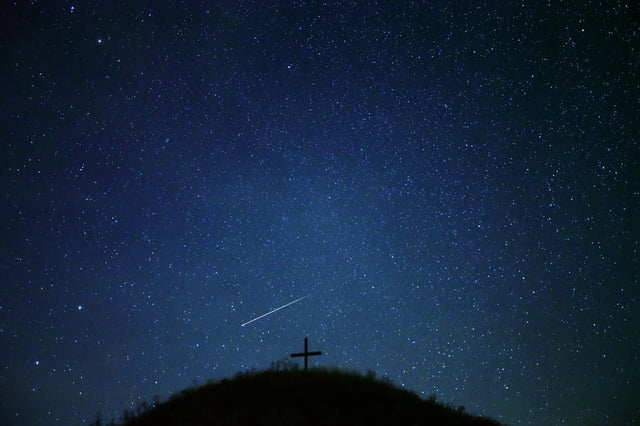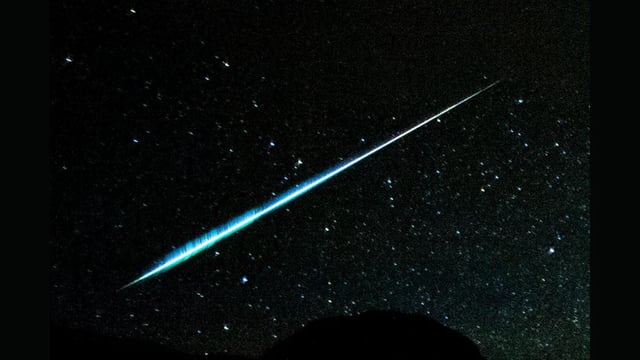Overview
- The Lyrid meteor shower, active from April 16 to 25, will reach its peak late Monday night, April 21, into the early hours of Tuesday, April 22.
- Observers under clear, dark skies can expect to see 10–20 meteors per hour, with occasional bright fireballs possible during the peak.
- The meteors, originating from Comet Thatcher’s debris, radiate from the Lyra constellation near Vega but can appear anywhere in the sky.
- Optimal viewing times are after midnight until dawn, with the best conditions in rural areas away from light pollution and under minimal moonlight.
- The Lyrids, one of the oldest recorded meteor showers dating back to 687 BCE, are known for rare outbursts exceeding 100 meteors per hour.



